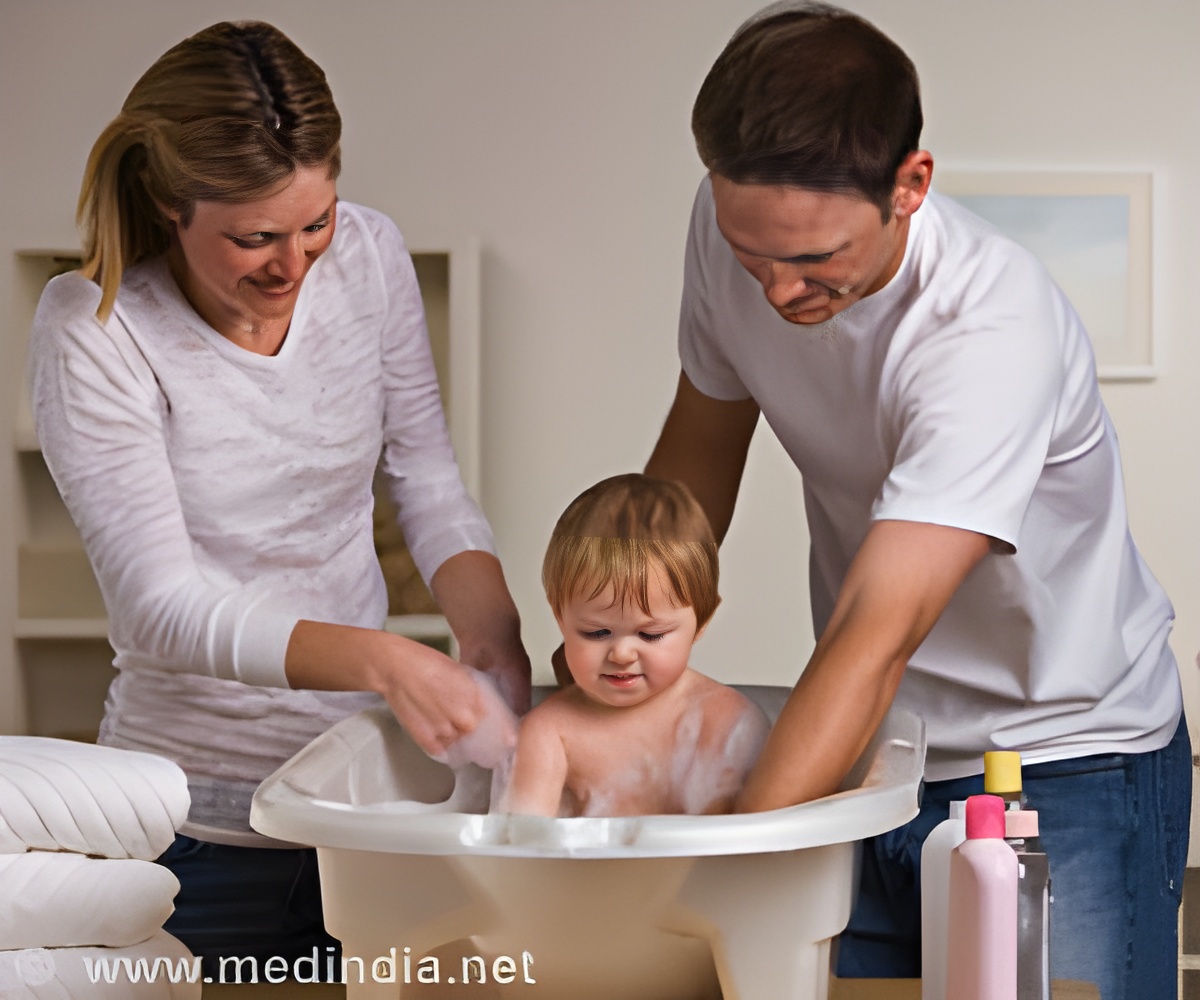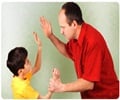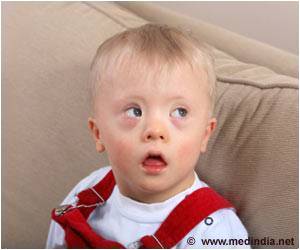More than 10 percent of pool-related deaths in young children occur in inflatables, plastic wading pools, and larger above-ground pools.

"When we think of pool risks, we think of the big pools, complete with deep-ends, diving boards, and swim parties," said Dr. Nina Shapiro, a professor of head and neck surgery and director of pediatric otolaryngology at Mattel Children's Hospital UCLA, on her blog. "But more than 10 percent of pool-related deaths in young children occur in what are best known as 'kiddie pools'. These include inflatables, plastic wading pools, and larger above-ground pools." A 2011 study in the journal Pediatrics found that portable pools in residential settings pose a significant risk of drowning-related injury and death to children, especially those under age 5.
‘More than half of drownings occur when a child is either unsupervised or has had a lapse in supervision’





Shapiro noted that more than half of drownings occur when a child is either unsupervised or has had a lapse in supervision. A lapse can be caused by the supervising adult falling asleep, going in to the house to answer the telephone, doing chores or even just chatting with a friend.
But constant supervision alone is not the answer. Whether the pool is large or small, experts say, the best way to prevent drownings is to use a combination of techniques that create layers of protection.
Shapiro offers these tips regarding pool safety : - Watch children vigilantly. Accidents can happen in a second.
- Have a phone by the pool in case you need to call for help.
- Install a gate at least 4 feet high around large pools.
- Make sure the gate is latched.
- Learn CPR.
- Drain kiddie pools when not in use.
- Remove toys when the child is not in the kiddie pool; those bright or familiar objects can be an irresistible lure to small children with no concept of personal risk.
- Remember that life preservers are a safety device -not a toy.
"There is no magic bullet to prevent these horrors. So stock your safety arsenal with layers of prevention so that summer fun doesn't turn tragic," said Shapiro.
Source-Newswise










